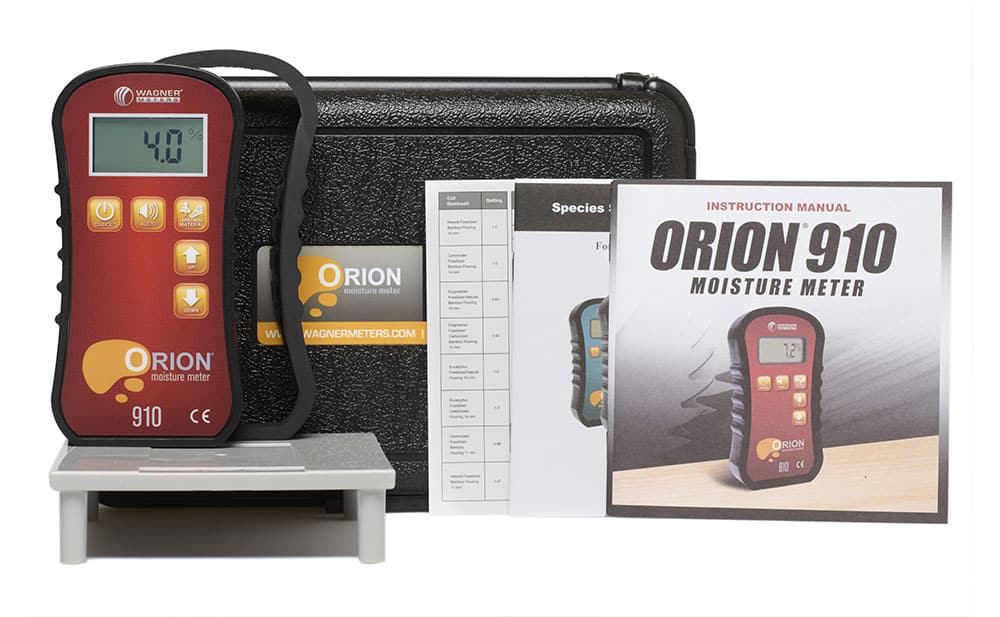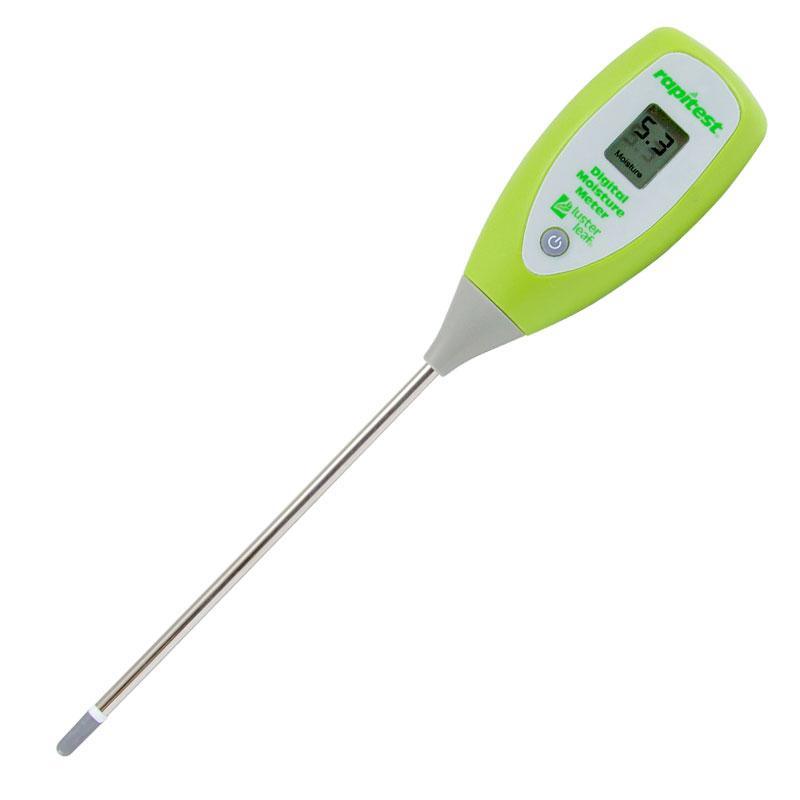Exactly How a Moisture Meter Can Help You Maintain Ideal Problems in Your Home or Workplace
Exactly How a Moisture Meter Can Help You Maintain Ideal Problems in Your Home or Workplace
Blog Article
Explore the Globe of Wetness Meters: Everything You Need to Know
In the world of dampness meters exists a globe of accuracy and functionality that frequently goes unnoticed. These tools, while apparently uncomplicated, hold a wide range of details that can significantly influence various markets and applications. Understanding just how moisture meters operate, the different kinds readily available, and their diverse usages can clarify their relevance in making sure high quality and performance. By discovering the complexities of wetness meters, one can discover a useful device that goes beyond mere dimension, supplying insights that can make a substantial difference in various areas.
Exactly How Dampness Meters Work
Moisture meters run by measuring the electric conductivity or capacitance of products to figure out the wetness content existing - Moisture Meter. These meters are vital devices across various sectors, including woodworking, agriculture, and building and construction. By utilizing different techniques such as pin-type or pinless modern technology, moisture meters provide accurate readings that aid experts make educated choices
Pin-type wetness meters work by placing the sharp pins into the material being examined. On the various other hand, pinless moisture meters utilize electromagnetic signals to check a larger location without triggering any type of damage to the product's surface area.
No matter the method utilized, dampness meters play an important duty in avoiding problems such as mold and mildew development, structural damage, or item problems brought on by excess dampness. Comprehending how these meters work is essential for guaranteeing the high quality and stability of products in various applications.
Kinds of Moisture Meters
Provided the crucial function dampness meters play in various markets, it is vital to comprehend the different kinds readily available to professionals for accurately analyzing wetness degrees. There are mostly 2 main kinds of wetness meters: pinless and pin-type moisture meters.
Pin-type moisture meters use 2 pins that are inserted right into the product being examined to measure the electric resistance between them. This approach is frequently made use of for wood, drywall, and other structure materials. Pin-type meters supply accurate analyses at details midsts, making them optimal for recognizing wetness gradients.
On the other hand, pinless dampness meters utilize electro-magnetic sensing unit plates to scan a larger location of the material without causing any kind of damages. This type appropriates for swiftly scanning big locations and is frequently utilized for floor covering, wall surfaces, and ceilings. Pinless meters are hassle-free for taking analyses on finished surface areas without leaving any type of noticeable marks.
Both types of wetness meters have their advantages and are selected based on the specific needs of the job available. Recognizing the differences in between these types is vital for professionals to make exact dampness analyses.
Applications Throughout Industries
Construction experts count on dampness meters to examine the dampness levels in building products like timber, concrete, and drywall, which is essential for preserving structural integrity and protecting against problems like rot or mold. The floor covering sector uses wetness meters to gauge the wetness material in subfloors before installing different flooring coverings, protecting against costly problems due to excess wetness. In the food market, moisture meters are made use of to keep track of and manage moisture levels in products such as grains, nuts, and dried fruits to maintain quality and high quality.
Tips for Using Moisture Meters
Utilize the wetness meter's calibration setups to ensure exact readings when gauging the dampness material in different materials. Additionally, make sure the meter is set to the correct dampness range for the material you are wikipedia reference determining to acquire the most precise outcomes.

When making use of a pin-type wetness meter, put the pins to the ideal deepness suggested for the product being tested. This makes sure that the wetness analyses are extracted from the correct deepness within the material, offering an extra accurate depiction of its wetness web content. For pinless moisture meters, bear in mind to keep proper contact with the product's surface area to get trusted analyses.

Frequently check and change the batteries in your dampness meter to stop inaccurate analyses as a result of reduced power. When not in usage to lengthen its life expectancy and preserve its precision, Store the meter in a risk-free and completely dry place. By following these pointers, you can make best use of the performance of your moisture meter and acquire precise moisture web content dimensions throughout various materials.

Maintenance and Calibration
To make sure the accuracy of dampness content measurements, routine upkeep and calibration of the wetness meter are crucial action in its correct performance. Maintenance entails maintaining the moisture meter clean and complimentary from particles that might affect its analyses. It is necessary to adhere to the maker's standards for cleansing to prevent damages to the tool. In addition, routine calibration is needed to confirm the accuracy of the readings. Calibration adjusts the wetness meter to guarantee that it supplies consistent and reputable outcomes.
Calibration needs to be performed periodically, specifically if the dampness meter is made use of frequently or in crucial applications where accurate dimensions are needed. Numerous moisture meters include calibration tools or can be adjusted by expert solutions - Moisture Meter. It is recommended to keep a log of calibration dates and results to track the efficiency of the wetness meter gradually. By maintaining and adjusting the wetness meter regularly, individuals can trust the accuracy of the moisture content measurements obtained.
Final Thought
In verdict, moisture meters play a crucial role in various industries by accurately determining the moisture content of materials. Understanding how these tools function, the various kinds offered, and correct upkeep and calibration are crucial for obtaining trusted results. Whether in production, farming, or construction, the Going Here usage of dampness meters assists make sure quality assurance and effectiveness in processes.
Construction experts count on dampness meters to evaluate the dampness levels in structure materials like wood, drywall, and concrete, which is essential for preserving architectural honesty and protecting against concerns like rot or mold and mildew. The flooring industry uses dampness meters our website to determine the dampness content in subfloors before mounting different floor coverings, stopping costly problems due to excess moisture.Utilize the dampness meter's calibration setups to make certain accurate analyses when measuring the dampness material in different materials. By complying with these tips, you can maximize the performance of your moisture meter and acquire precise moisture material dimensions throughout various materials.
In final thought, dampness meters play a vital role in different sectors by precisely gauging the wetness content of materials.
Report this page